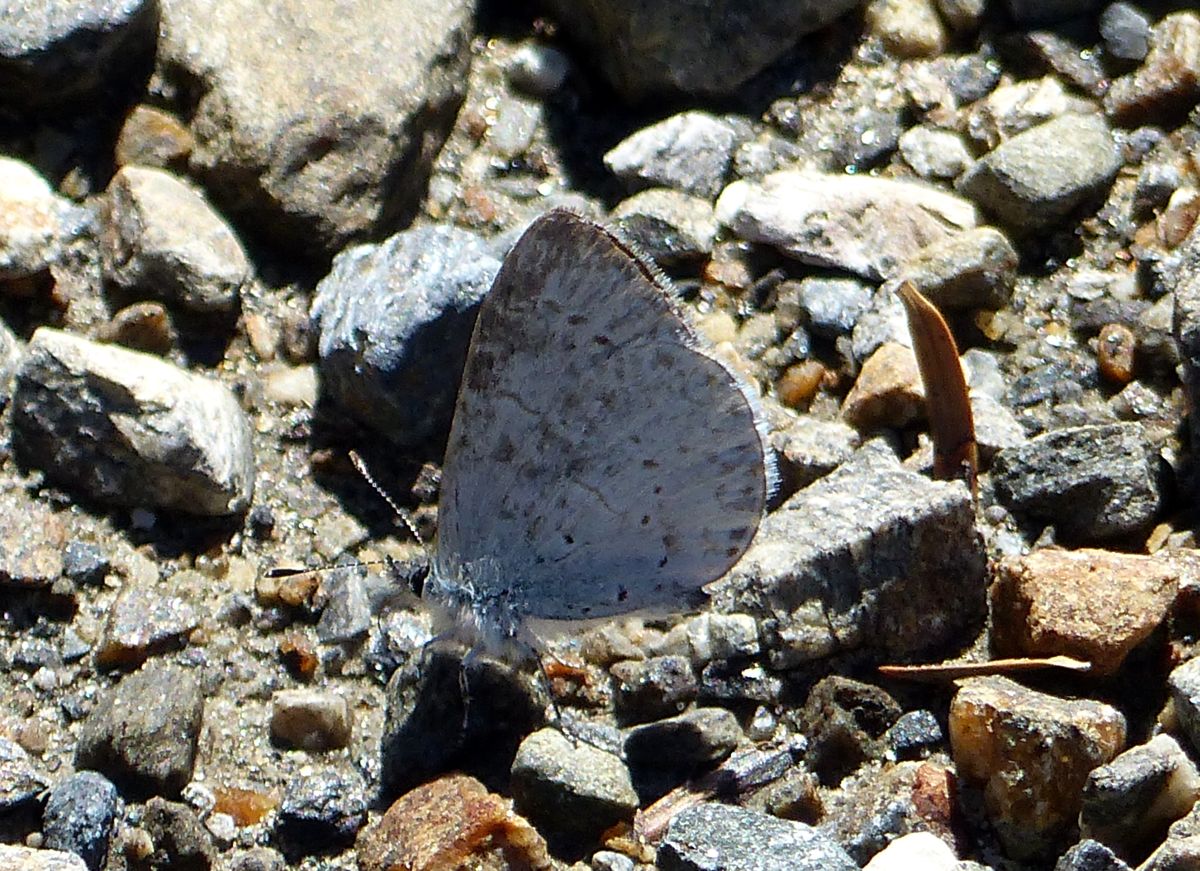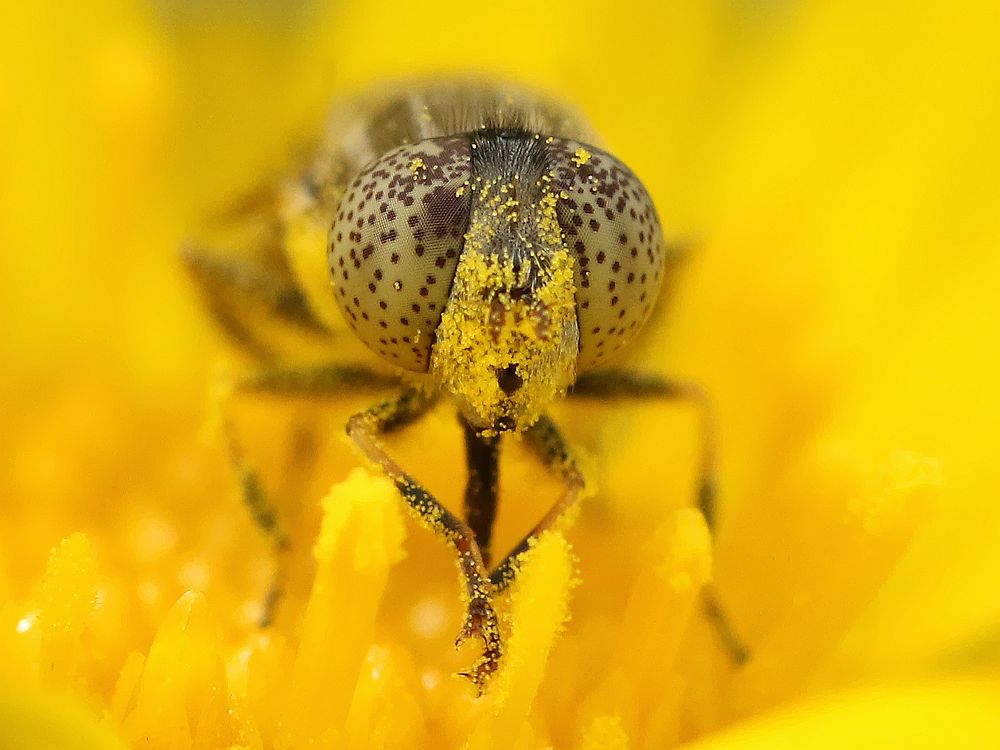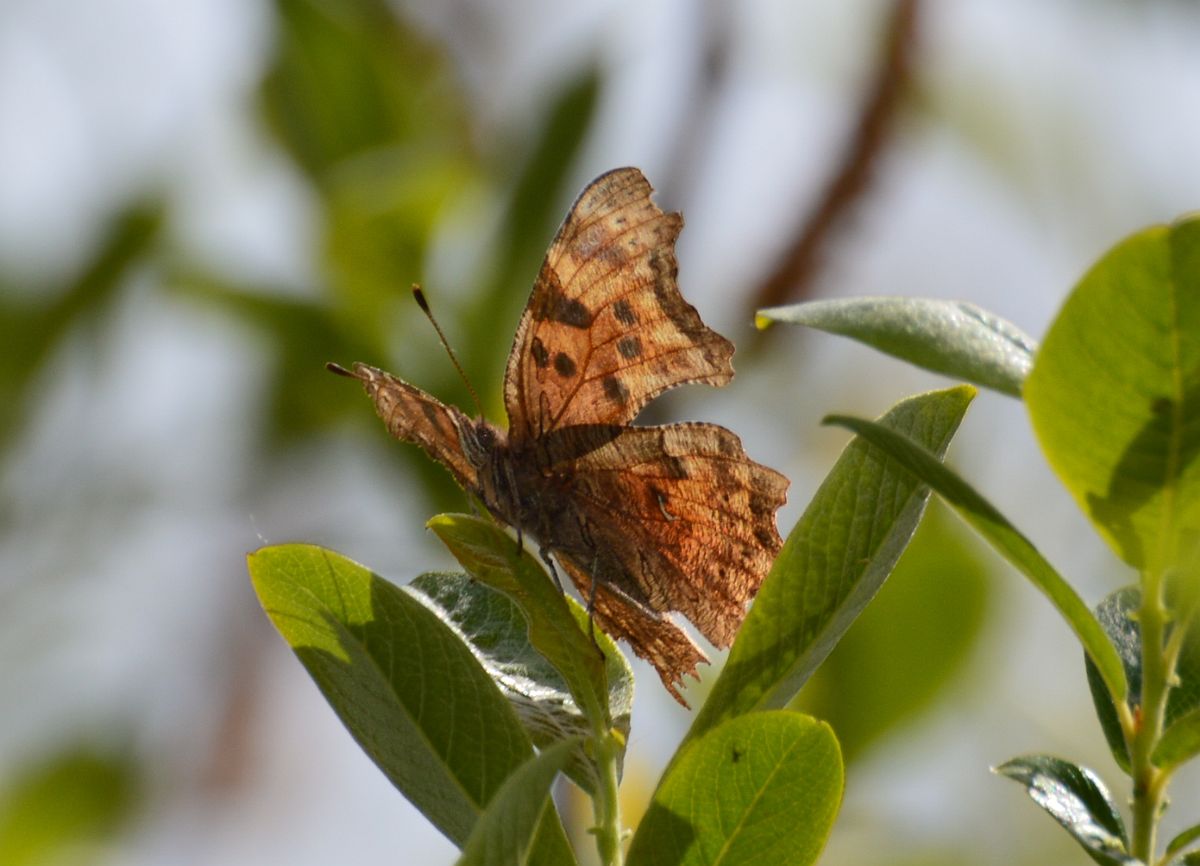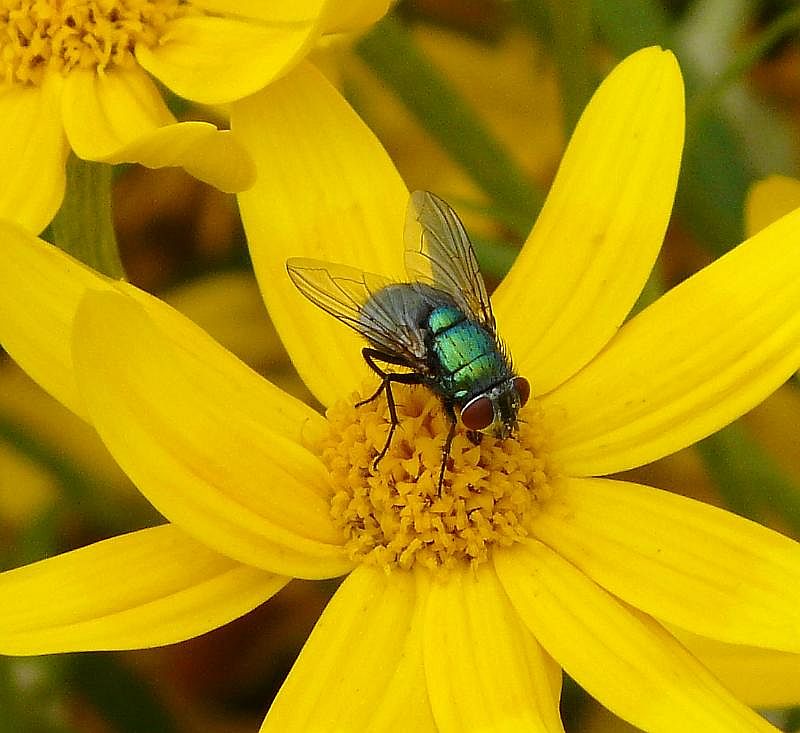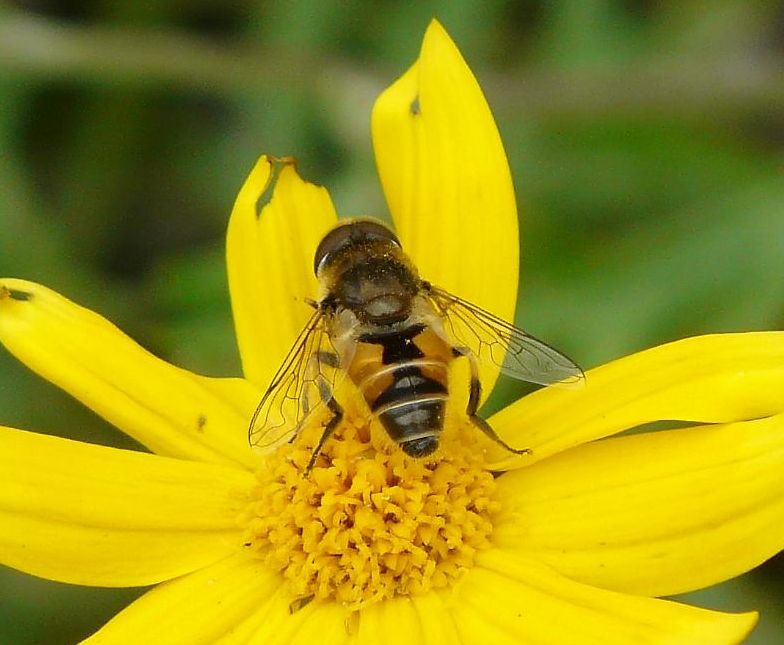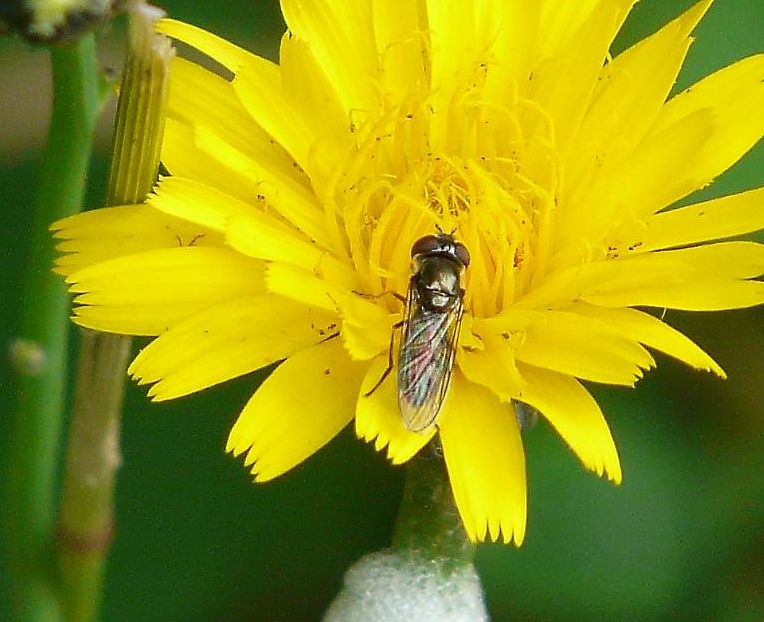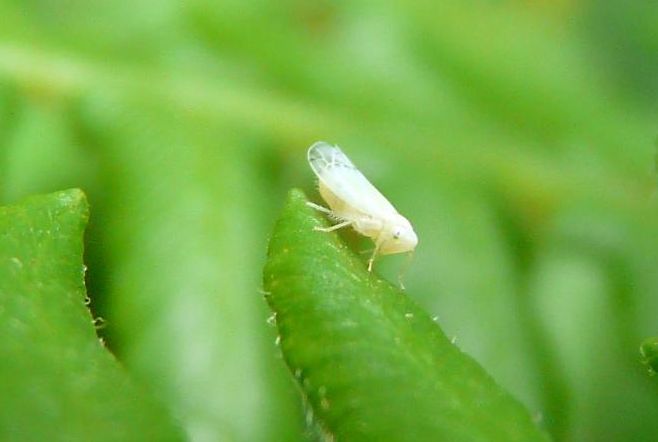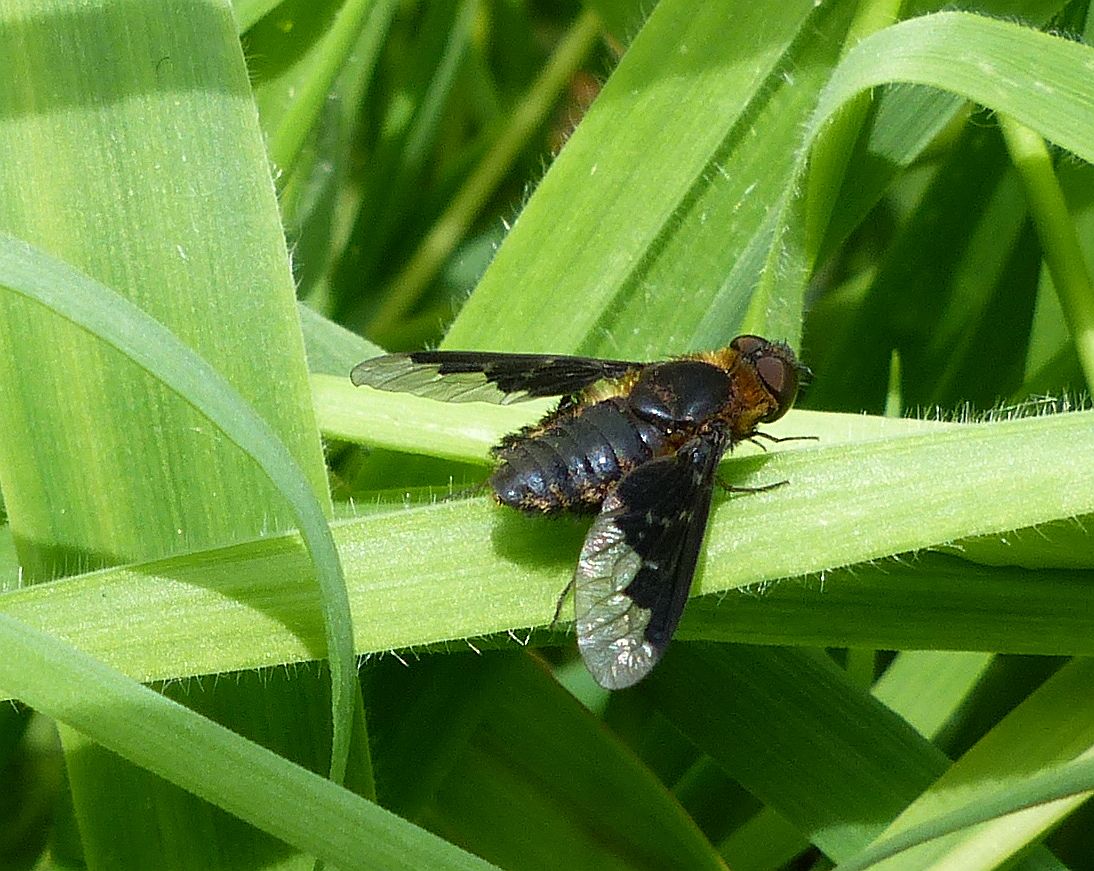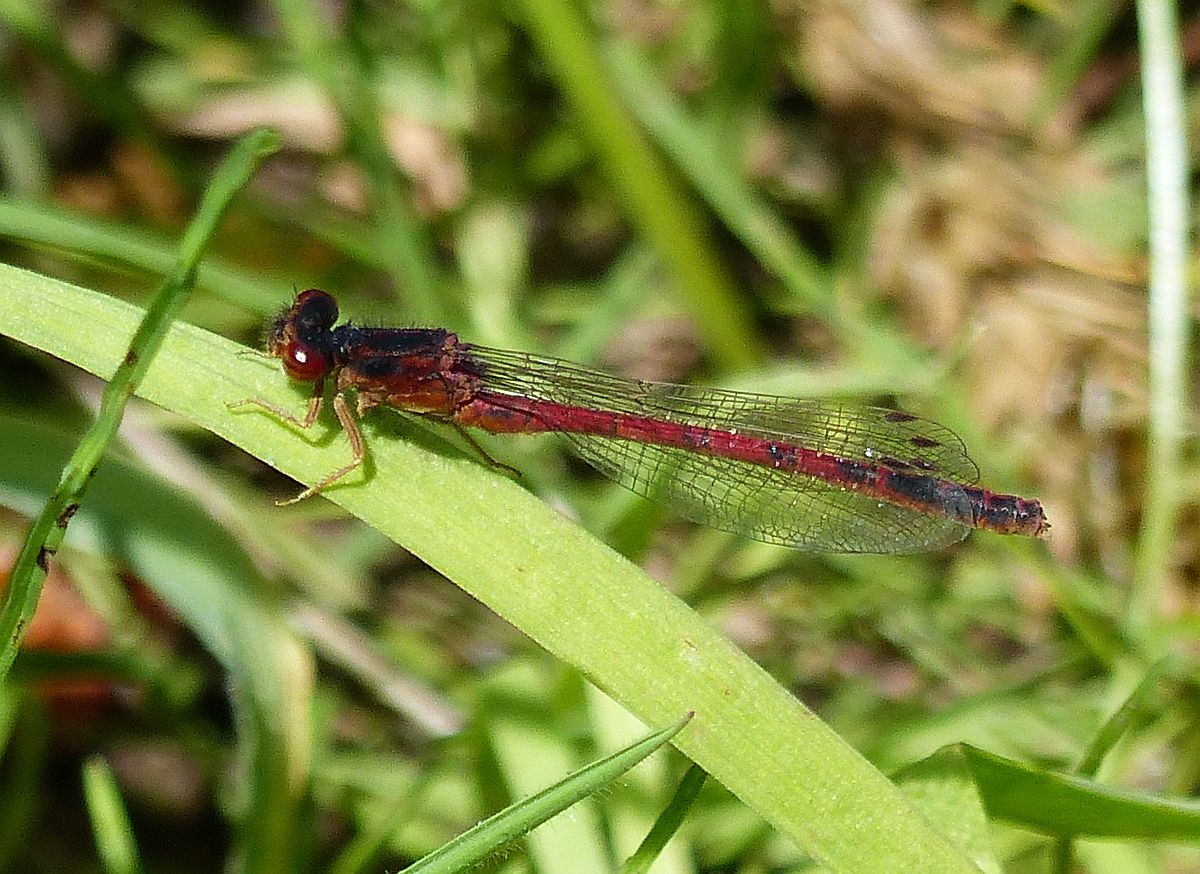2016 June 6
Jody Wells sends some photographs of dragonflies and damselflies from Maber Flats.

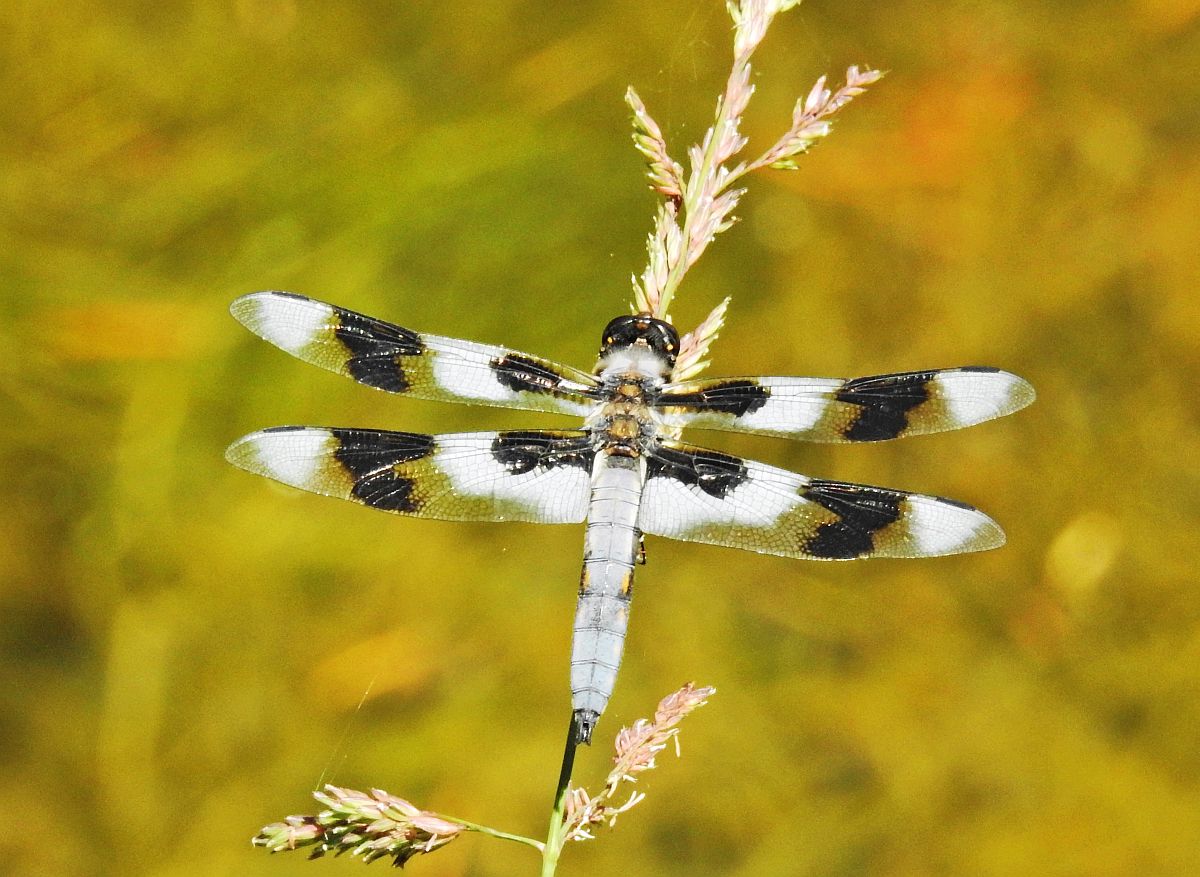
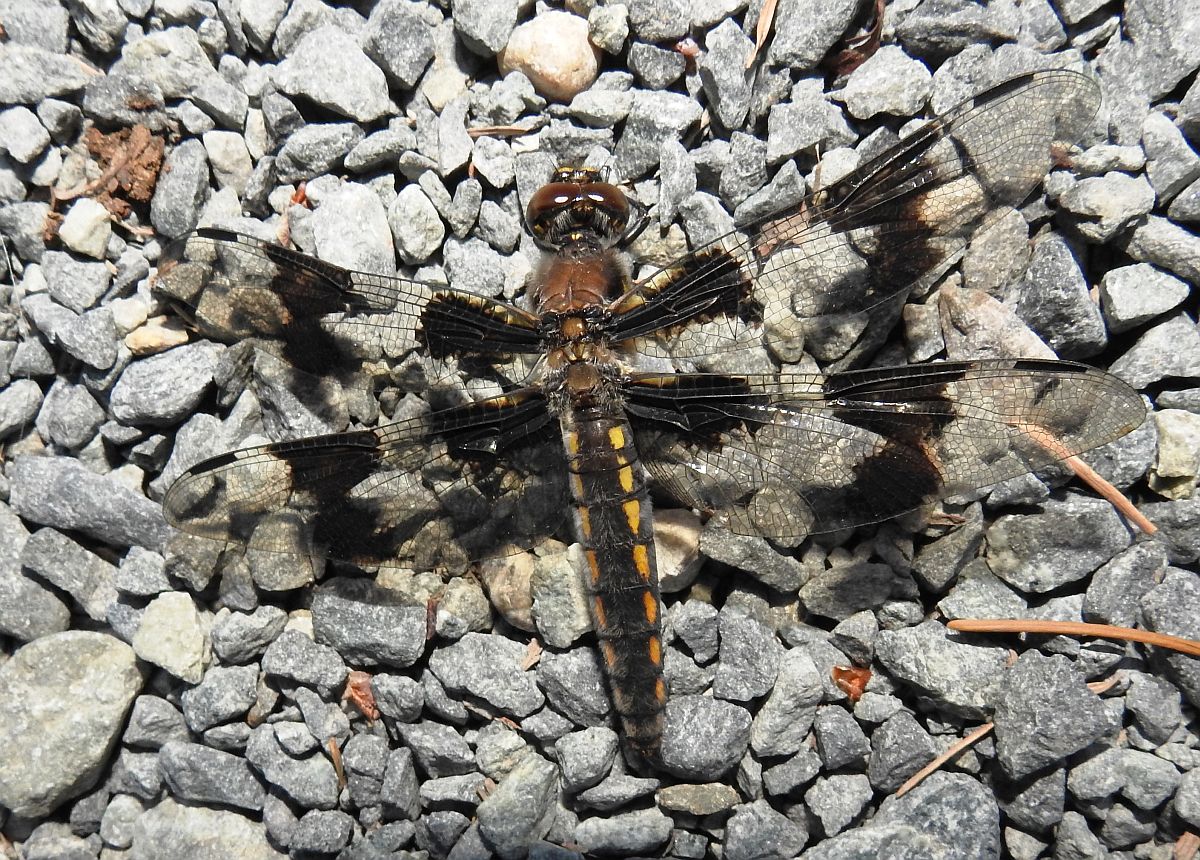
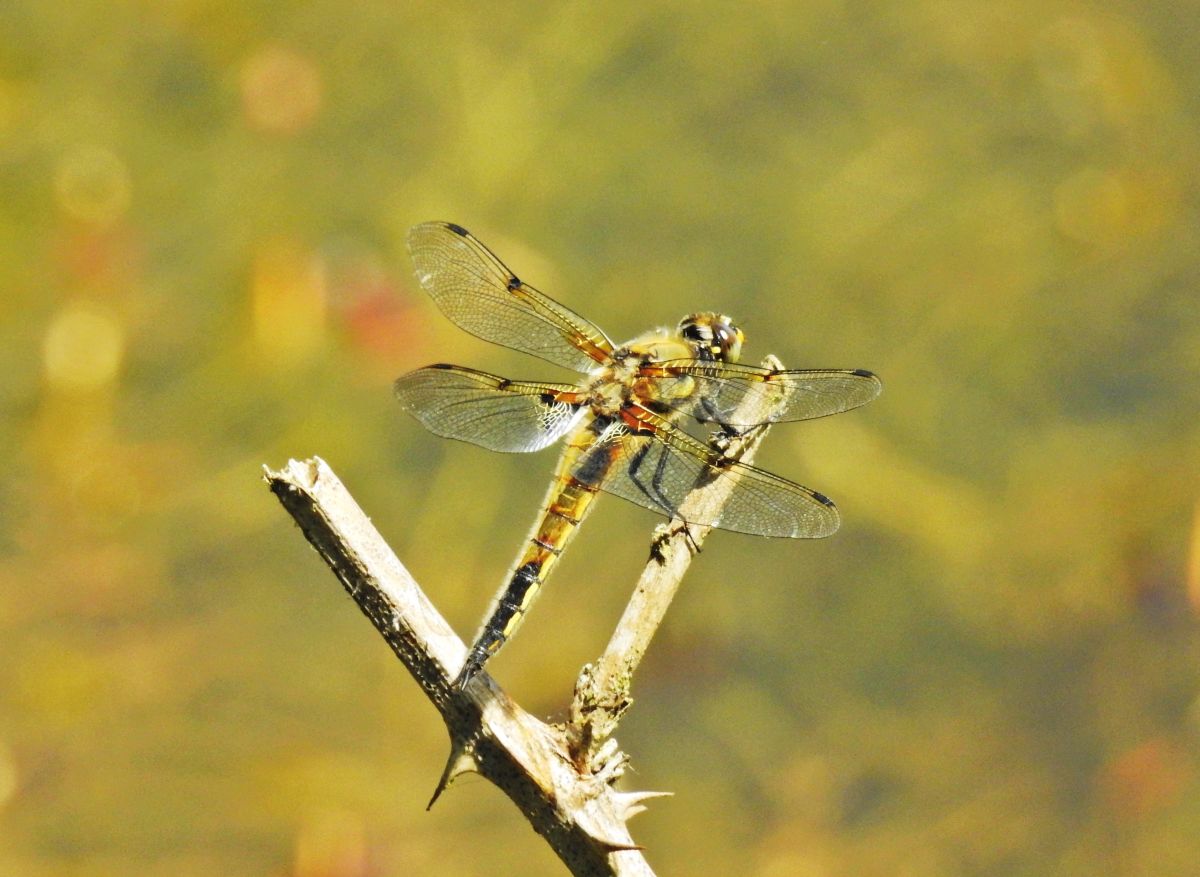
Four-spotted Skimmer Libellula quadrimaculata (Odo.: Libellulidae) Jody Wells
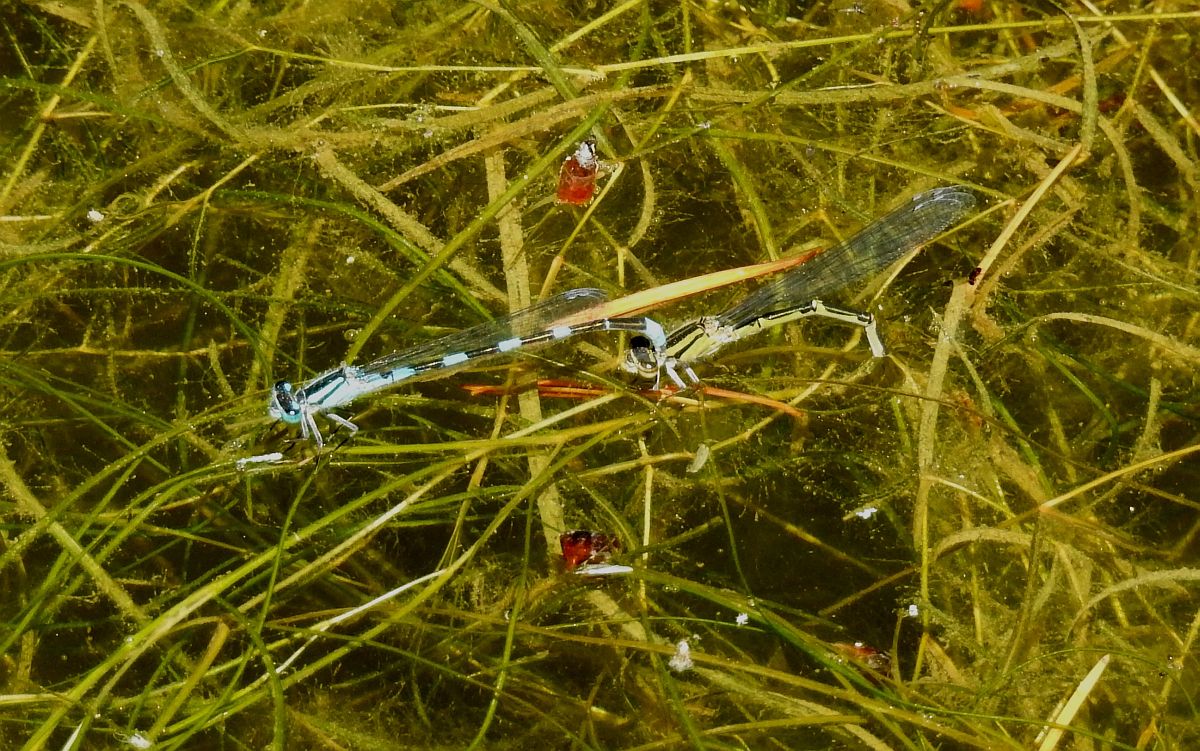
Lorquin’s Admirals are numerous now, and are a favorite with photographers. Here are four recent photographs.
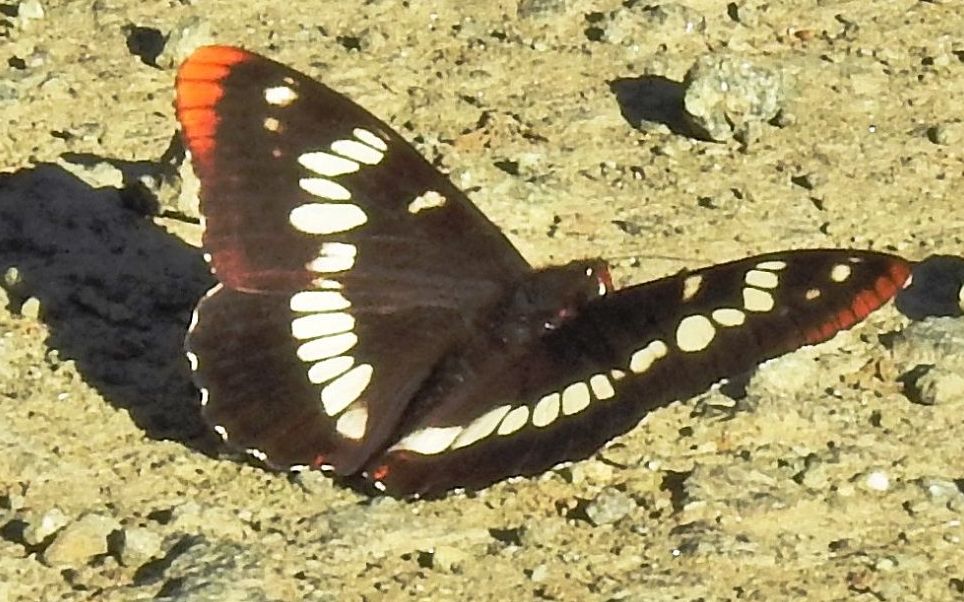
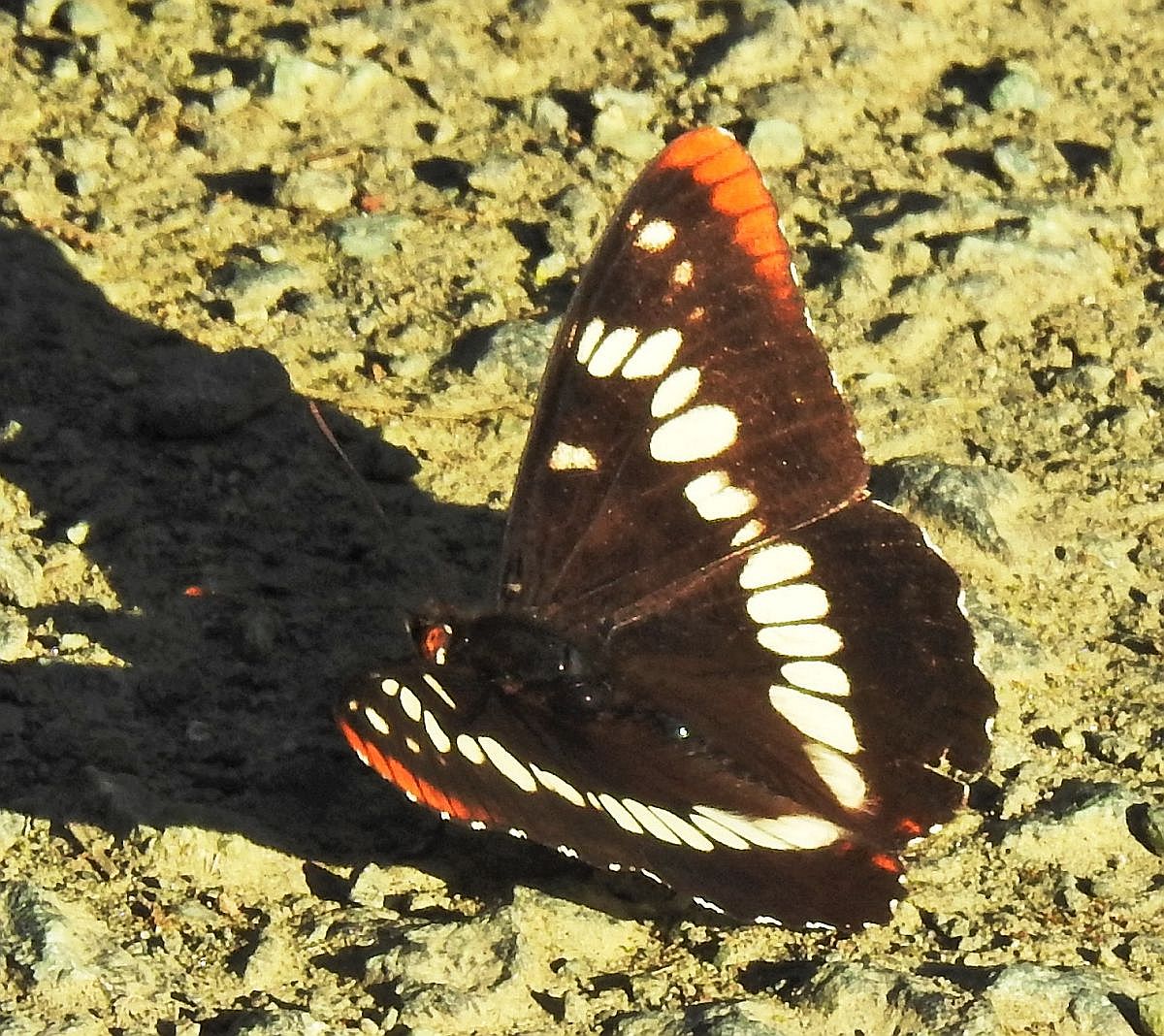
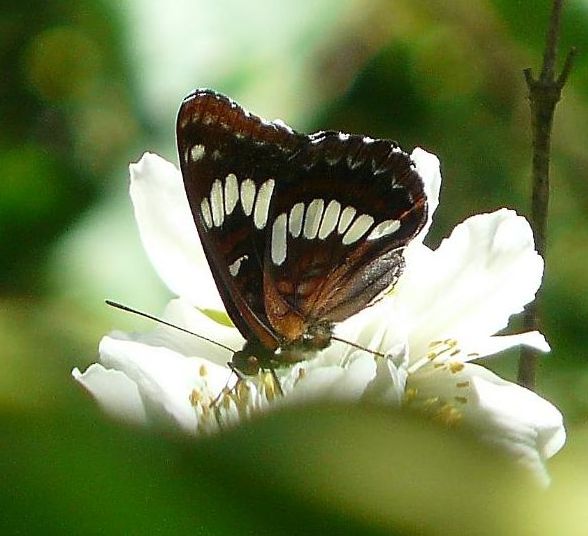
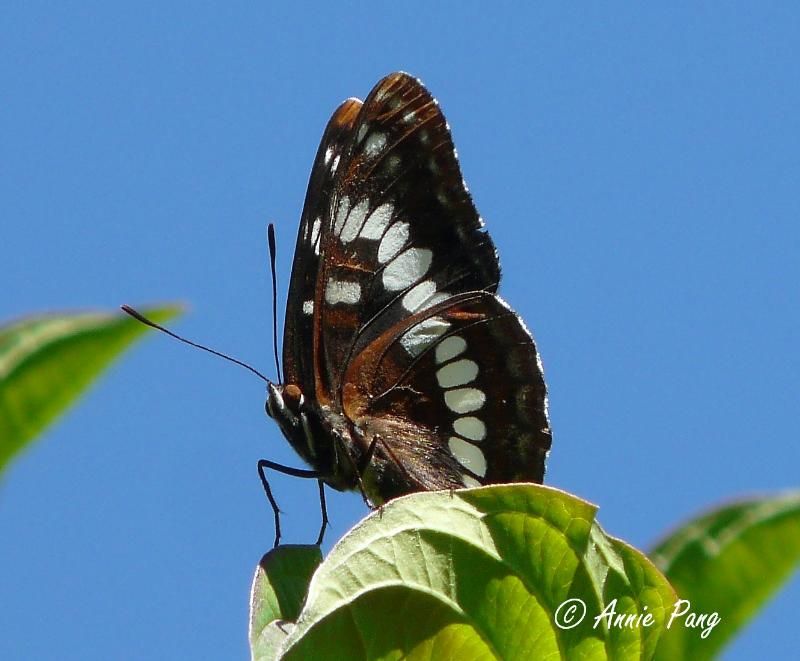
Here are two photographs of the Two-spotted Ladybird from Annie Pang.
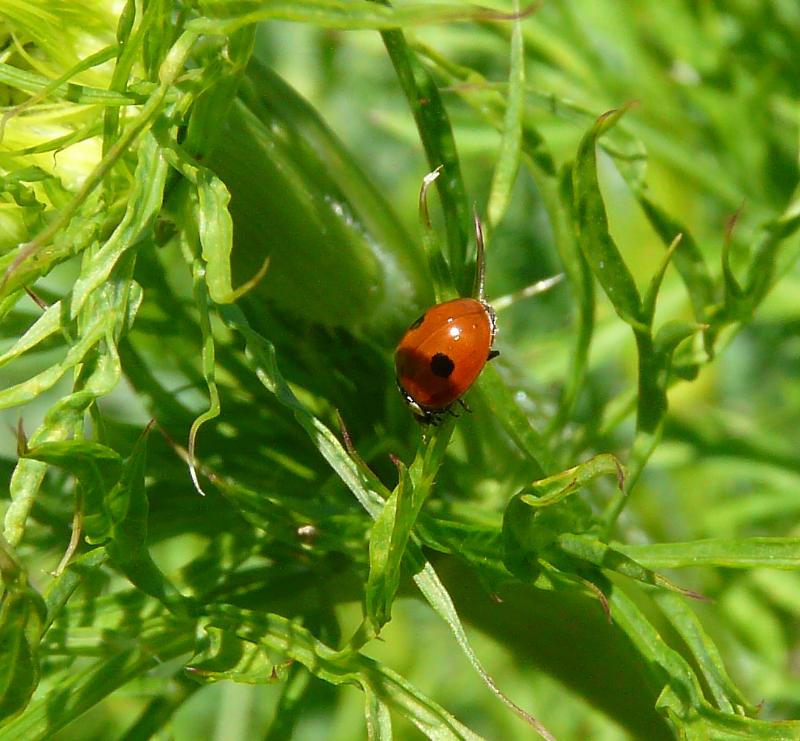
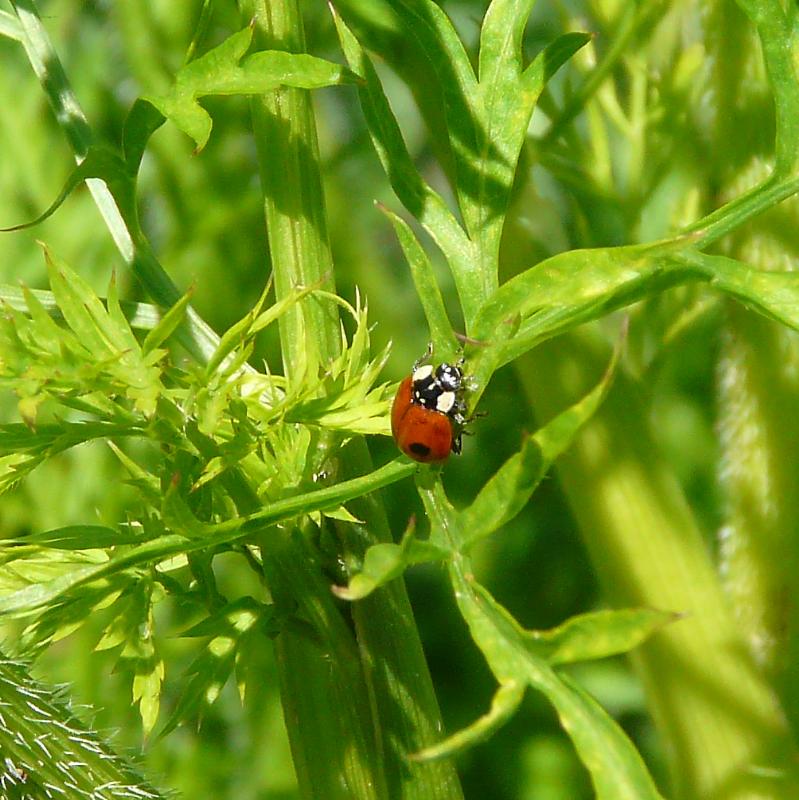
Aziza Cooper sends photographs of a Boisduval’s Blue and a crab spider from the VNHS monthly Butterfly Walk, at Boas Road (near Spectacle Lake), June 5. Boisduval’s Blue was our target species for the day. The butterfly photographed is resting on its larval foodplant, lupine.
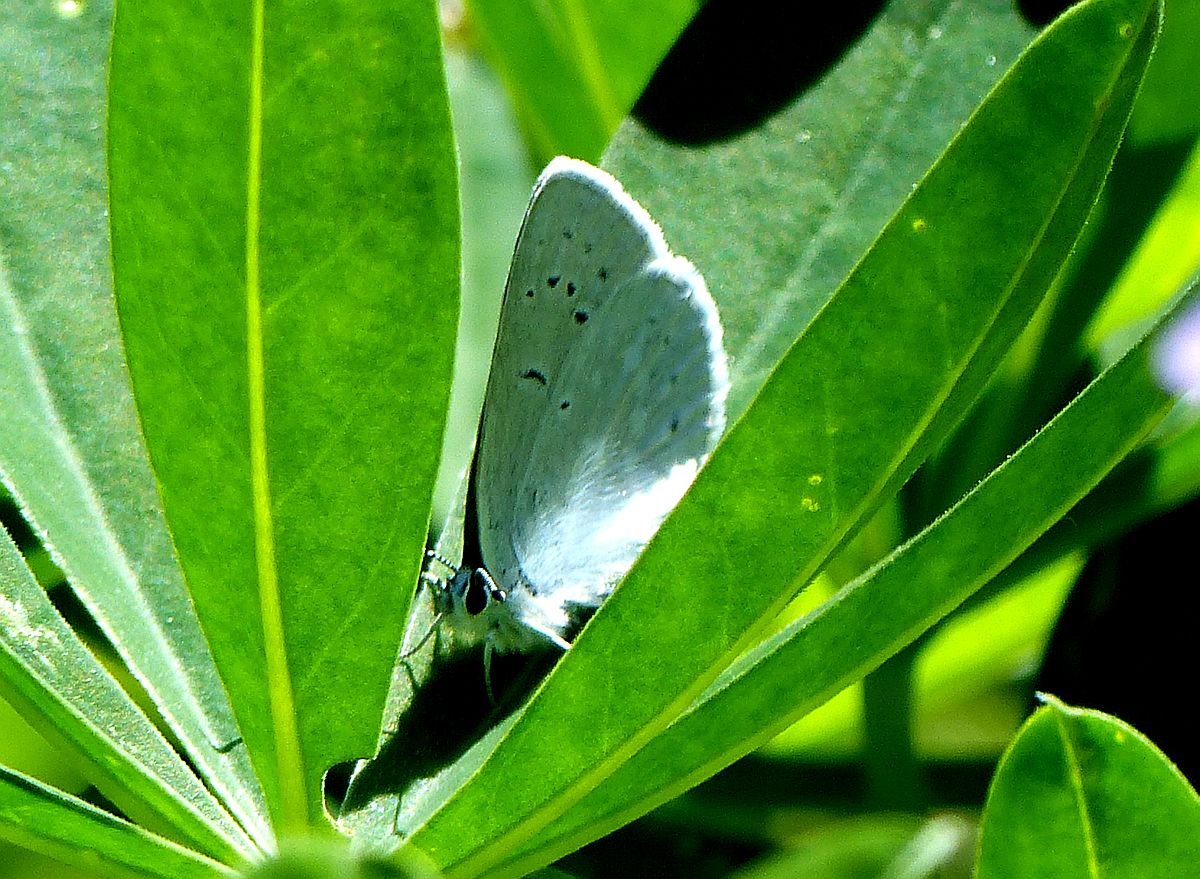
Jeremy Tatum remarks: Like so many of our butterflies, this one has had several names, both English and scientific, over the years. It may be found under the name “Common Blue”, or under Plebejus icarioides.

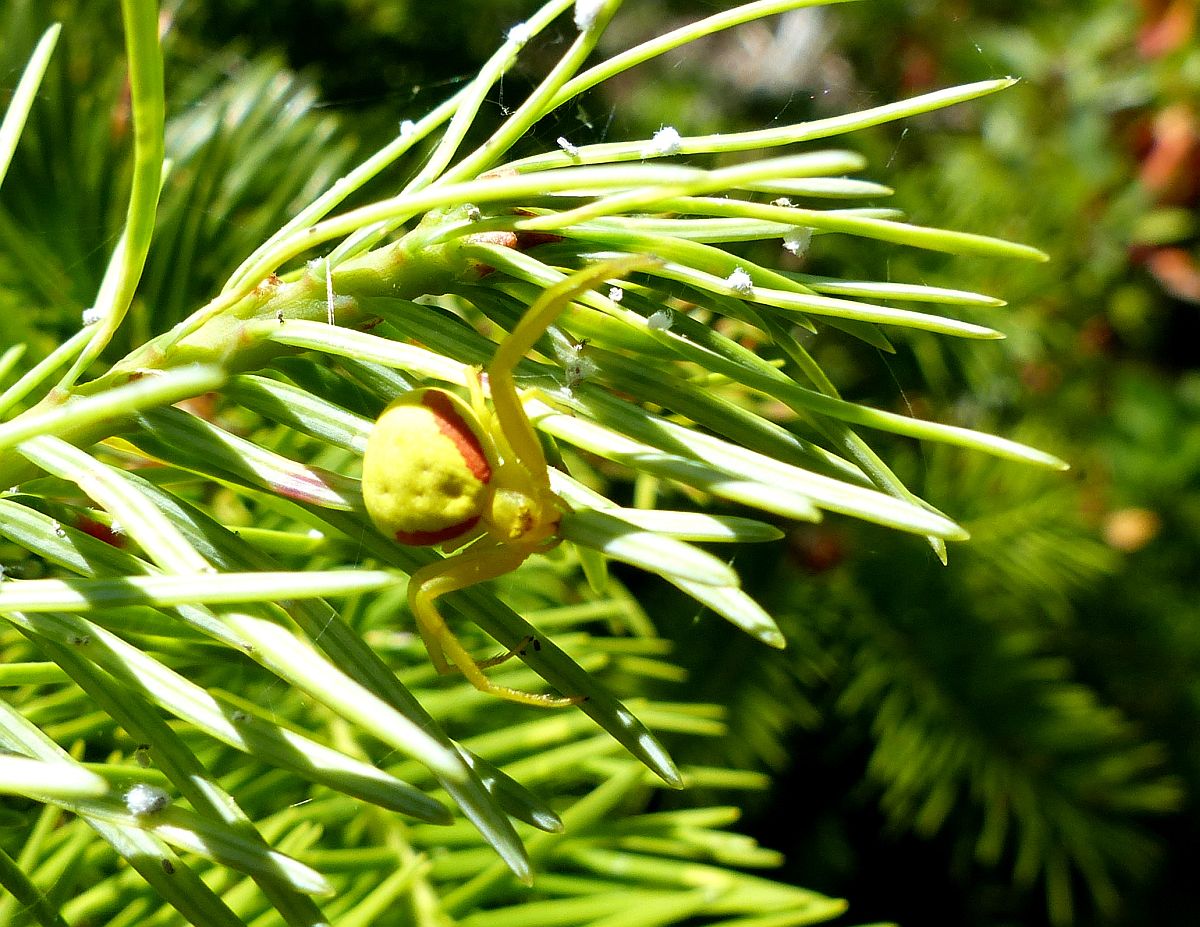
Crab spider Misumena vatia (Ara.: Thomisidae) Aziza Cooper
Jeremy Tatum reports that he saw a Field Crescent at Eddy’s Storage, Stelly’s Cross Road, Central Saanich, today, June 6.


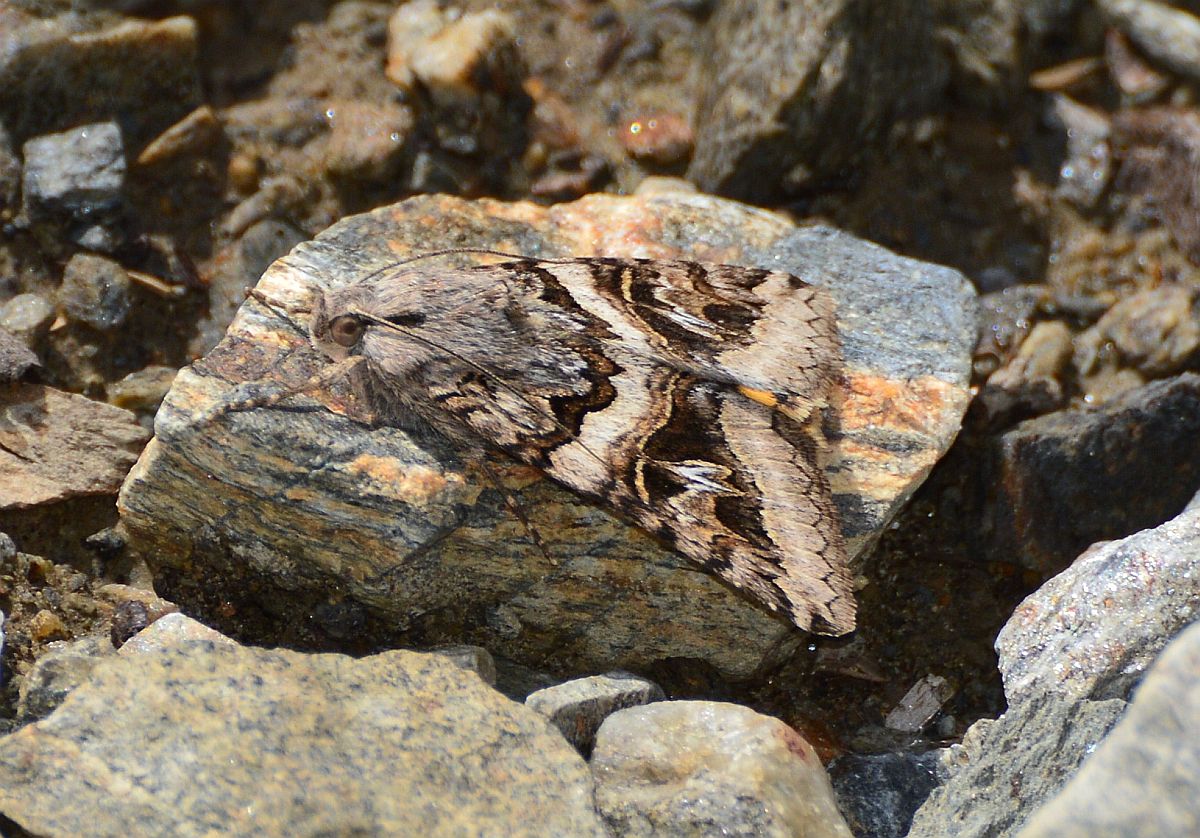
 Drasteria divergens (Lep.: Erebidae – Erebinae) Devon Parker
Drasteria divergens (Lep.: Erebidae – Erebinae) Devon Parker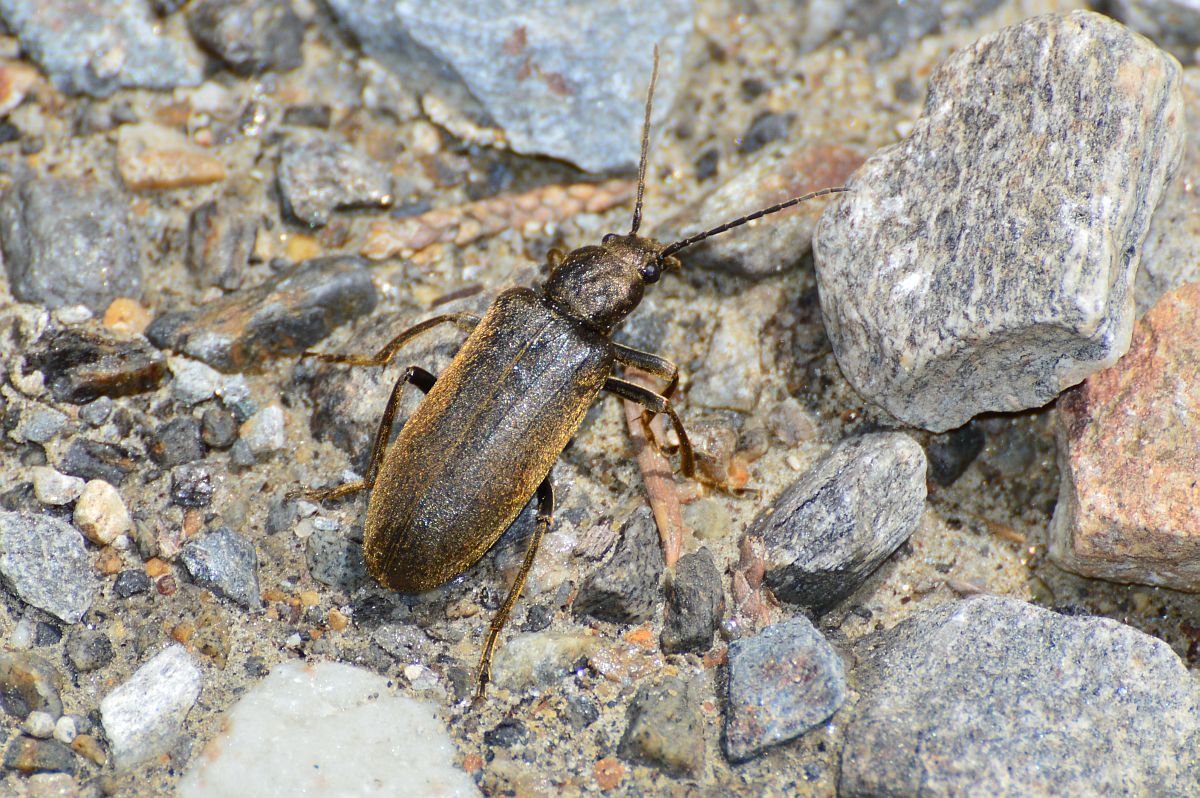
 False blister beetle Ditylus quadricollis (Col.: Oedemeridae) Devon Parker
False blister beetle Ditylus quadricollis (Col.: Oedemeridae) Devon Parker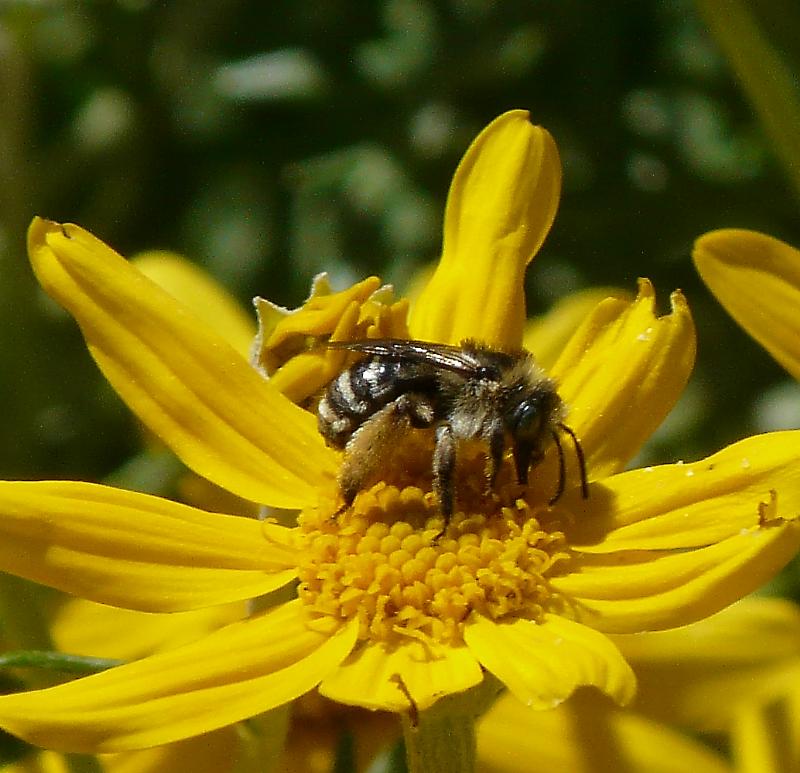
 Melissodes sp.: (Hym.: Apidae) Annie Pang
Melissodes sp.: (Hym.: Apidae) Annie Pang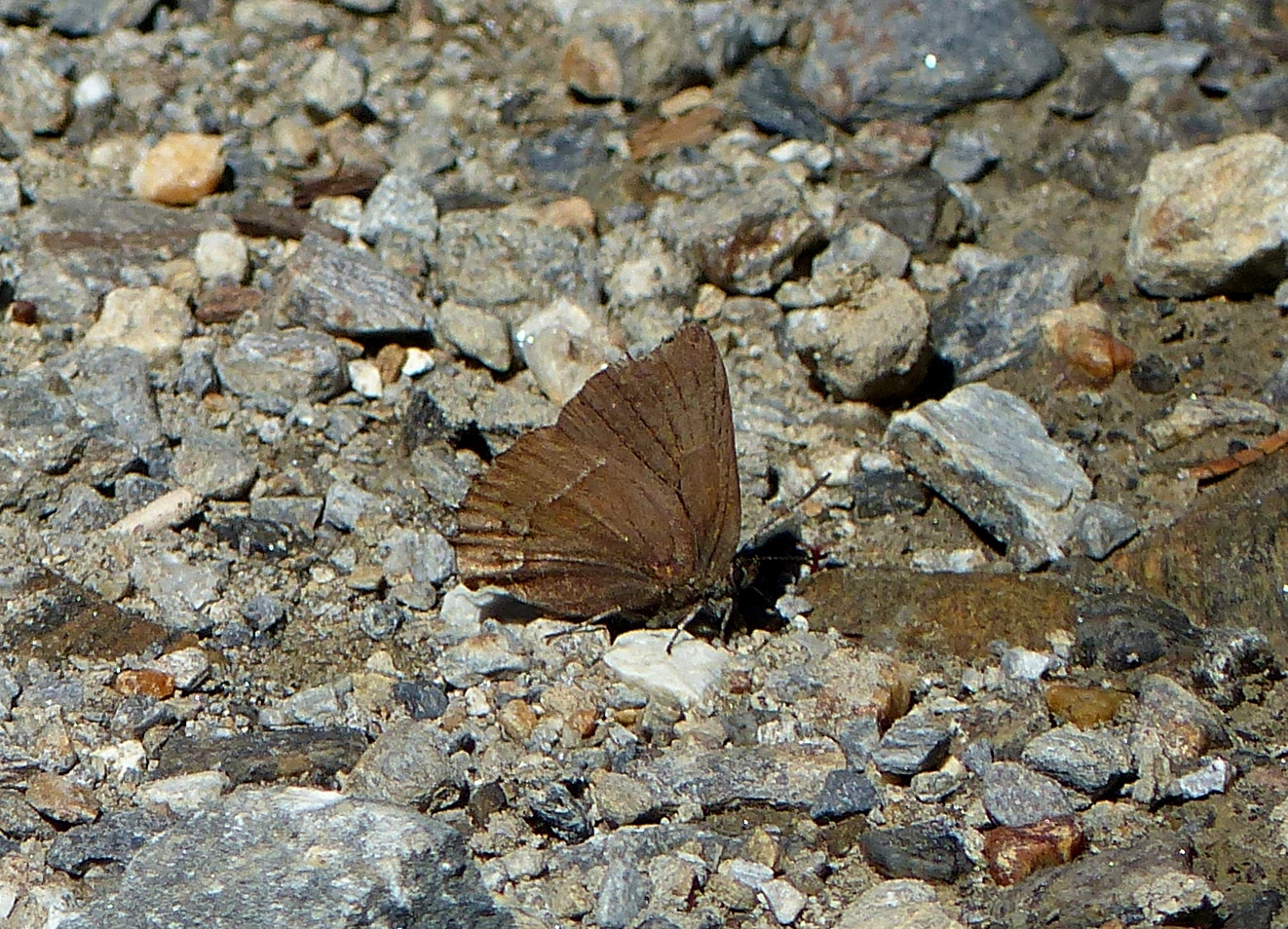
 Johnson’s Hairstreak Loranthomitoura johnsoni (Lep.: Lycaenidae) Aziza Cooper
Johnson’s Hairstreak Loranthomitoura johnsoni (Lep.: Lycaenidae) Aziza Cooper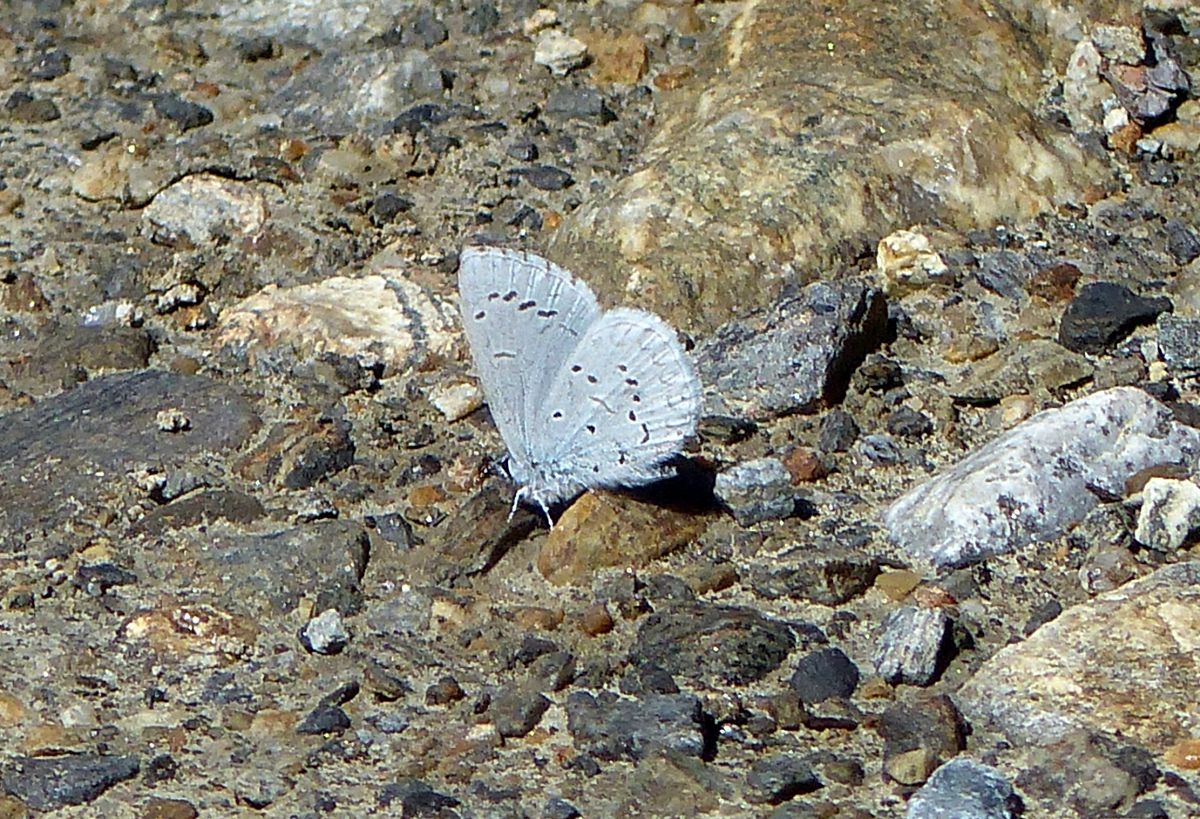
 Western Spring Azure Celastrina echo (Lep.: Lycaenidae) Aziza Cooper
Western Spring Azure Celastrina echo (Lep.: Lycaenidae) Aziza Cooper
